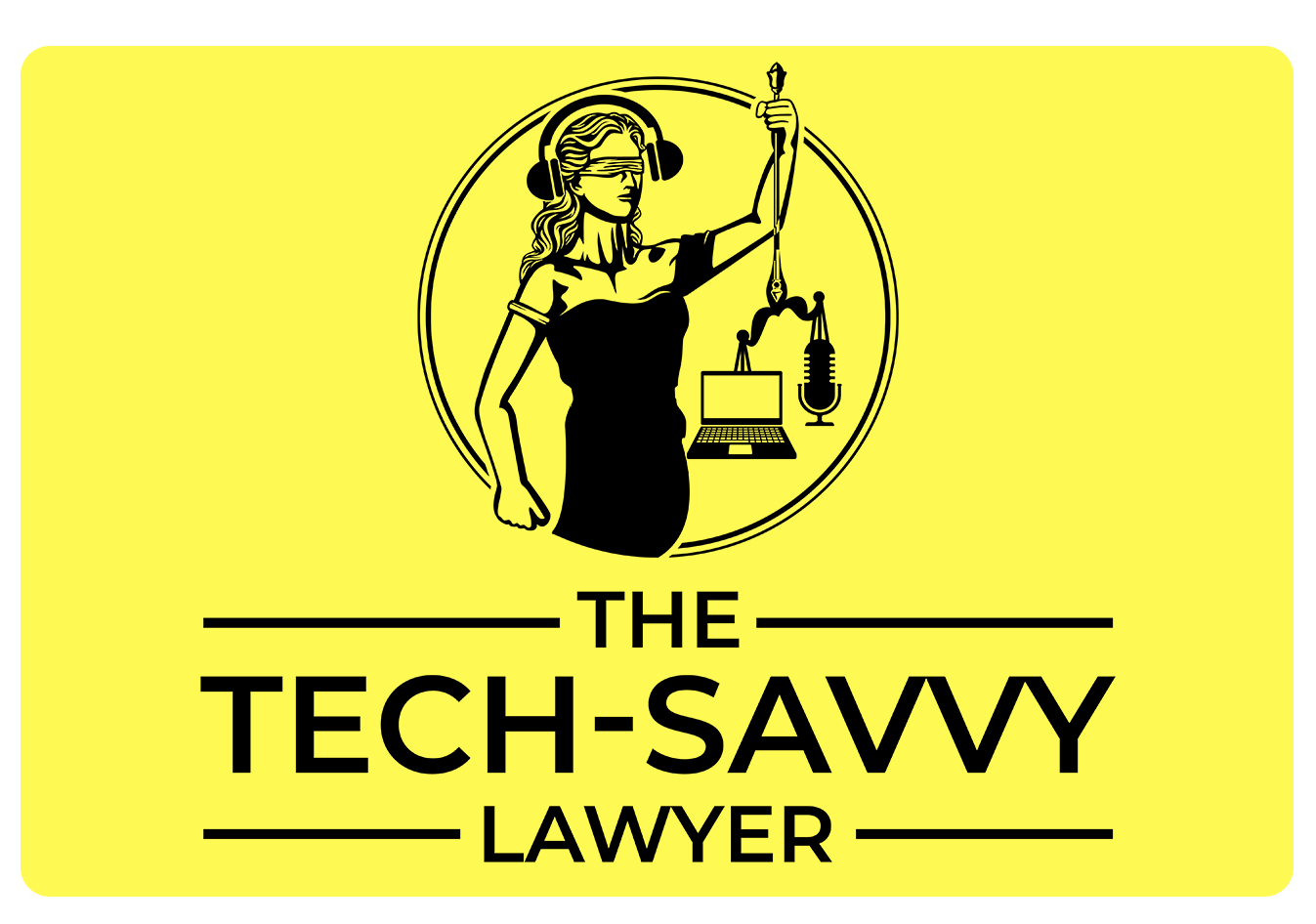🎙️Ep. 118: Essential Legal Tech Competency - Colin S. Levy on Building Foundational Technology Skills for Modern Lawyers!
/My next guest is Colin Levy, General Counsel at Malbek. Colin is a leading voice in legal innovation. During our interview, he shared practical insights on building foundational legal tech skills for modern lawyers.
During the conversation, Colin outlines the top three steps every lawyer should take to develop legal tech competency, regardless of their technical background. He emphasizes the ethical responsibilities that lawyers face when utilizing AI, particularly the risks associated with unchecked reliance on generative tools and the need to acknowledge potential inaccuracies. Colin also shared some great tips on how to better utilize legal professionals' use of Microsoft Word to improve efficiency and save time (and money💰). In discussing the adoption of new technology, he underscores the importance of defining problems, clarifying desired outcomes, and fully leveraging existing tools before selecting new solutions strategically.
Join Colin and me as we discuss the following three questions and more!
Based on his extensive experience interviewing legal tech leaders and your role as general counsel at Malbek, Colin provides the top three foundational steps every lawyer should take today to build their legal tech competency, regardless of their current technical skill level.
Colin shares three specific ways lawyers can immediately improve their document drafting efficiency using existing technology tools, and how this foundational competence connects to more advanced legal tech adoption.
Colin has conducted hundreds of interviews with legal tech leaders and now serves as general counsel for a CLM company. He has seen both the vendor and practitioner perspectives. Colin shares his top three strategic considerations lawyers should evaluate when selecting and implementing new technology solutions to ensure they actually improve client service delivery and practice efficiency rather than just adding complexity.
In our conversation, we covered the following:
[01:28] Colin's Tech Setup
[11:14] The Three Core Steps to Legal Tech Competency
[13:17] AI Tools and Ethical Considerations
[17:29] Improving Document Drafting Efficiency
[23:15] Strategic Considerations for Technology Selection
Resources:
Connect with Colin:
LinkedIn: linkedin.com/in/colinslevy/
Schedule Time with Colin: calendly.com/colin-levy/30min
Website: colinslevy.com/
Mentioned in the episode:
The Legal Tech Ecosystem: https://www.colinslevy.com/books#:~:text=More...-,The%20Legal%20Tech%20Ecosystem,-Innovation%2C%20Advancement
Handbook: https://www.colinslevy.com/books#:~:text=Handbook%20of%20Legal%20Tech
Hardware mentioned in the conversation:
Apple iPhone: https://www.apple.com/iphone-15-pro/
Apple Mini: https://www.apple.com/mac-mini/
Apple Studio Displays: apple.com/studio-display/
Blue Yeti Microphone: https://www.logitechg.com/en-us/shop/p/yeti-premium-usb-microphone
iContact Pro Camera: https://icontactcamera.com
Microsoft Surface Pro: microsoft.com/en-us/surface/devices/surface-pro
Software & Cloud Services mentioned in the conversation:
Claude: claude.ai/
Google Drive - https://drive.google.com
Malbek CLM: malbek.io/
Microsoft Outlook - https://www.microsoft.com/en-us/microsoft-365/outlook/email-and-calendar-software-microsoft-outlook
Microsoft Teams - https://www.microsoft.com/en-us/microsoft-teams/group-chat-software
Microsoft Word - https://www.microsoft.com/en-us/microsoft-365/word
Perplexity: perplexity.ai/
Zoom - https://zoom.us












